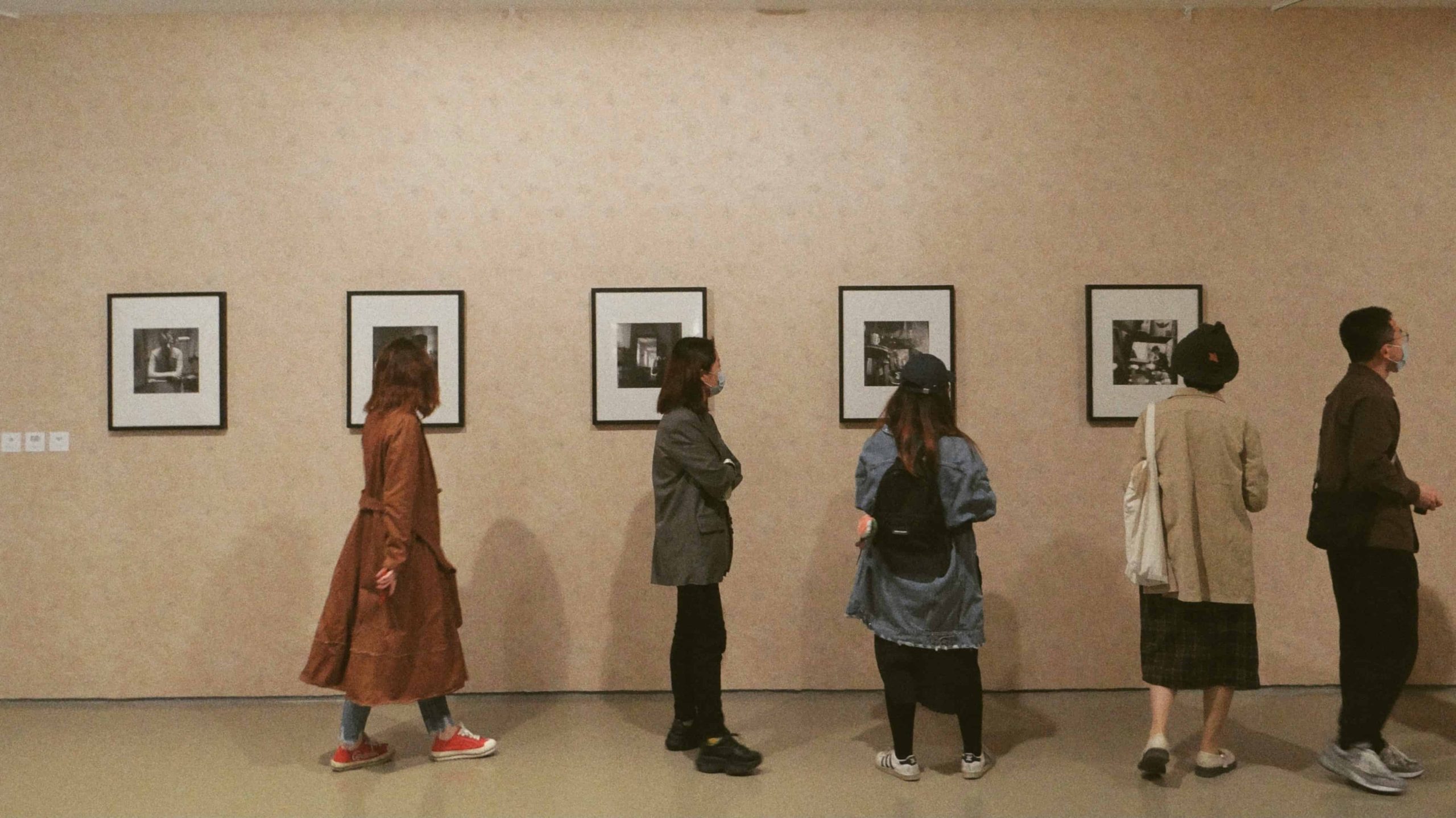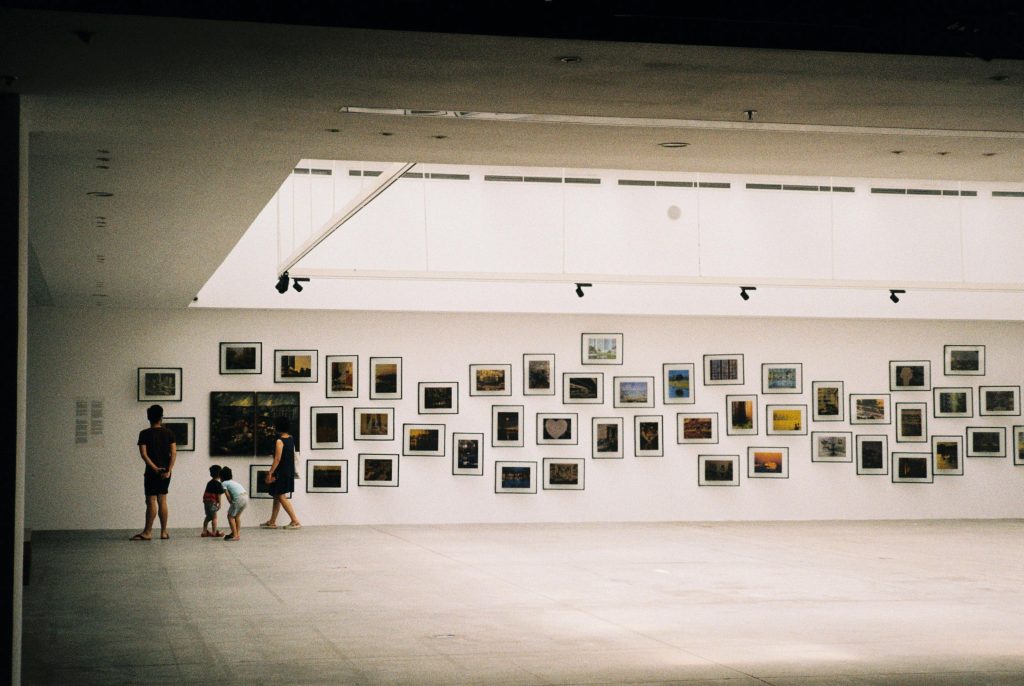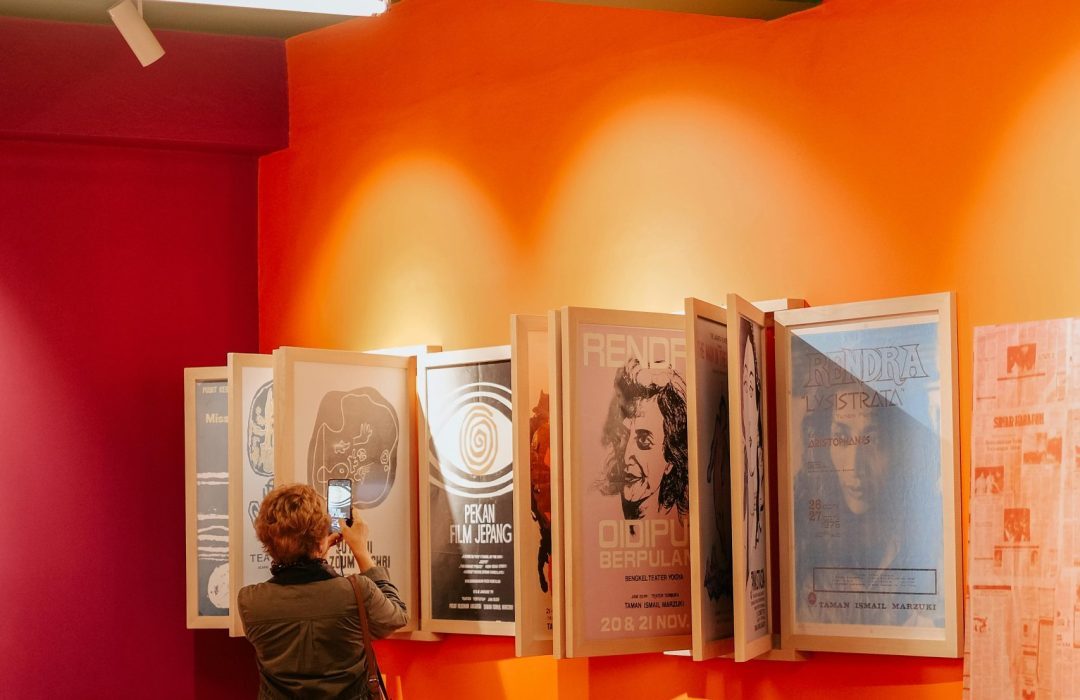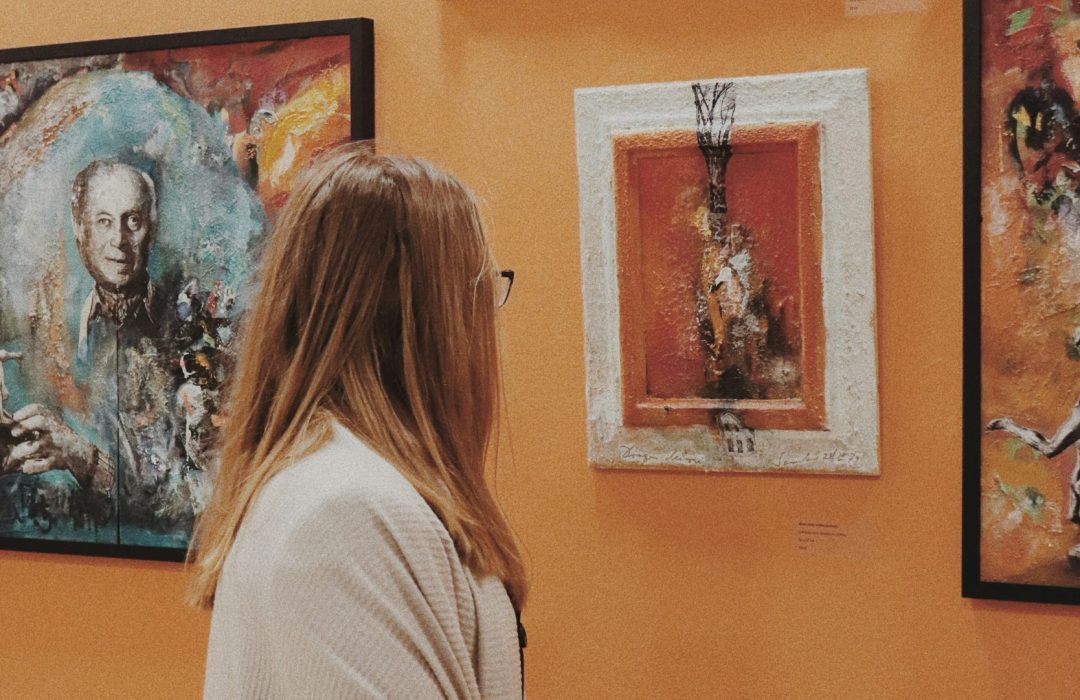
22 Mar Innovative Display Techniques for Art Collections
Art has the power to inspire, provoke thought, and evoke emotion. How we display art plays a crucial role in how it’s perceived and experienced by viewers. In today’s ever-evolving landscape, traditional methods are giving way to more innovative and engaging display techniques. Art collections aren’t just about hanging paintings on walls or placing sculptures on pedestals. It’s about creating immersive experiences that captivate and connect with the audience. Innovative display techniques are essential for museums, galleries, and other spaces housing art collections to keep pace with changing audience expectations and technological advancements.
Traditional Display Techniques (for context)
Traditional display techniques have endured as fundamental elements, characterized by practices like hanging artwork on walls, positioning pieces on pedestals, and encasing them within display cases. These methods have served as reliable standards within the art world for generations, offering a conventional framework for showcasing creative works. However, despite their reliability, they often fall short in capturing the attention and engagement of contemporary audiences who seek more immersive and interactive experiences. While these traditional techniques effectively present the artwork in a controlled environment, they may not always convey the dynamism and innovation that modern viewers desire. As the art world evolves and audience preferences shift, there is a growing emphasis on exploring alternative display methods that can infuse exhibitions with a sense of excitement, interactivity, and novelty. This shift reflects a broader recognition of the evolving nature of artistic expression and the need to adapt presentation formats to resonate with diverse audiences in today’s ever-changing cultural landscape.
Innovative Display Techniques

Photo by Minh Ngọc
Utilizing Technology
Utilizing cutting-edge technology enhances the visitor experience within art galleries and museums. Interactive displays, including touchscreens, augmented reality (AR) overlays, and digital information panels, facilitate deeper engagement with artworks by enabling visitors to interact with them in novel ways. These displays provide context, background information, and interactive features that enrich the understanding and appreciation of the pieces on exhibit. Moreover, projection mapping adds another layer of dynamism to the environment by projecting visuals onto artworks or surrounding walls. This transformative technique turns static displays into dynamic, immersive presentations, captivating audiences and breathing new life into traditional art forms. Furthermore, Virtual Reality (VR) technology revolutionizes the gallery experience by enabling viewers to explore virtual galleries or step into the artist’s world. By donning VR headsets, visitors can embark on immersive journeys, experiencing artworks from entirely new perspectives and dimensions. These technological innovations not only enhance the accessibility and engagement of art but also redefine the boundaries of traditional exhibition spaces, fostering a more inclusive and enriching cultural experience for all.
Creative Use of Space
The creative use of space within art galleries and museums plays a pivotal role in enhancing the exhibition experience for visitors. Departing from conventional rectangular layouts, the incorporation of curved walls and non-traditional configurations infuses exhibitions with a sense of dynamism and fluidity. These design choices encourage exploration and engagement as visitors navigate through the space, encountering artworks from various angles and perspectives. Mirrors and reflective surfaces strategically placed throughout the gallery further amplify this sense of expansiveness by creating illusions of depth and dimension. These elements not only visually enlarge the space but also provide opportunities for viewers to encounter artworks in unexpected ways, fostering deeper connections with the pieces on display. Moreover, integrating exhibition displays with the existing architectural features of the space adds a layer of sophistication and cohesiveness. By harmonizing with the building’s design elements, such as arches, columns, or unique structural elements, the exhibition becomes seamlessly woven into its environment, creating a holistic and immersive aesthetic experience for visitors. Through the strategic utilization of space, mirrors, and architectural integration, art galleries and museums can transform mere exhibitions into captivating journeys that stimulate the senses and inspire creativity.
Engaging the Senses
Engaging the senses is a multifaceted approach that transforms a passive experience into an interactive journey. Lighting plays a pivotal role, with varied techniques strategically employed to accentuate focal points and instill specific moods, thereby enriching the overall ambiance of the space. By integrating soundscapes, whether through ambient sounds or carefully curated music, the environment becomes alive with emotion, resonating with visitors on a deeper level and fostering a multisensory connection to the surroundings. Furthermore, the inclusion of interactive elements introduces tactile experiences and activities that beckon visitors to participate actively, forging a more profound engagement with the artworks and the space itself. Through this fusion of visual, auditory, and tactile stimuli, the sensory landscape of the environment becomes a canvas upon which memorable experiences are painted, inviting exploration, contemplation, and connection.
Choosing the Right Technique

Photo by Hatice Baran
Type of Art Collection
It’s fundamental to evaluate the kind of art collection on display. This includes several elements, including the collection’s size, the artworks’ media, overarching themes, and the historical setting in which they are situated. For example, if the collection is mostly composed of contemporary sculptures, the display strategy may emphasize open areas and minimalist design to successfully draw attention to the forms and textures of the sculptures.
Target Audience
Selecting the right display strategies requires an equally important understanding of the target audience. Diverse audiences exhibit differing degrees of curiosity and interaction with artistic works. For example, interactive displays and multimedia works may be more successful in holding children’s attention and promoting educational opportunities if the collection is on show at a children’s museum. Alternatively, thorough labeling and contextual information surrounding each artwork can be more valued by a more specialist audience, such as art historians or collectors.
Available Space and Resources
The available space and resources play a significant role in dictating the display techniques that can be implemented. It’s essential to work within the constraints of the exhibition space and budgetary limitations. For instance, if the available space is limited, vertical display techniques like hanging artwork on walls or utilizing display cases might be more practical than sprawling installations that require extensive floor space. Similarly, considering budget constraints, opting for cost-effective display methods such as modular display systems or repurposed materials can help maximize resources without compromising the quality of the exhibition.

Photo by Nina
Conclusion
To effectively engage current audiences, modern art shows must use novel presentation methods in addition to traditional ways. Exhibitions may become dynamic and unforgettable art experiences by utilizing cutting-edge technology, creative spatial arrangements, and multimodal experiences. The choice of suitable exhibition techniques is guided by careful analysis of the available resources, audience demographics, and the art collection. All things considered, creative presentation techniques not only highlight art but also encourage discussion, inquiry, and connection, enhancing the cultural experience for a range of audiences and influencing the changing field of art appreciation.
Key Takeaways
Key Takeaway | Traditional Display Techniques | Innovative Display Techniques |
Enhancing Visitor Engagement | Reliability in presentation | Utilizing cutting-edge technology like AR, VR, and projection mapping |
Controlled environment | Creative use of space with curved walls, non-traditional layouts | |
Lack of dynamism | Engaging the senses through lighting, soundscapes, and tactile elements | |
Considerations for Implementation | Type of art collection | Evaluation of collection type, audience, and available space/resources |
Target audience preferences | Adaptation to diverse audience needs and preferences | |
Available space and resources | Integration of cost-effective methods with innovative display techniques |
FAQs
What are innovative display techniques, and why are they important for art collections?
Innovative display techniques refer to modern approaches to presenting art that go beyond traditional methods like hanging paintings or placing sculptures on pedestals. These techniques include the use of cutting-edge technology, creative spatial design, and engaging sensory experiences to captivate audiences. They are crucial for art collections because they help museums and galleries adapt to changing audience expectations and technological advancements. By creating immersive and interactive experiences, innovative display techniques enhance the appreciation and understanding of artworks in today’s cultural landscape.
How do innovative display techniques differ from traditional methods?
Traditional display techniques, such as hanging artwork on walls and positioning pieces on pedestals, have been reliable standards in the art world for generations. While they effectively present artwork in a controlled environment, they may fall short in capturing the attention and engagement of contemporary audiences. Innovative display techniques utilize technology, creative spatial design, and sensory engagement to transform static displays into dynamic, immersive presentations. These techniques offer deeper insights into artworks and foster connections between viewers and the pieces on exhibit.
What factors should be considered when choosing display techniques for art collections?
Several factors should be considered when selecting display techniques for art collections, including the type of art collection, the target audience, and available space and resources. Understanding the nature of the artworks, such as their size, media, and historical context, helps determine the most suitable display strategies. Additionally, considering the preferences and interests of the target audience ensures that the exhibition resonates with diverse viewers. Lastly, working within the constraints of the exhibition space and budgetary limitations ensures that display techniques are practical and cost-effective without compromising the quality of the exhibition.
Examining the “Art in Public Spaces and Community Interaction” and engagement dynamics.

